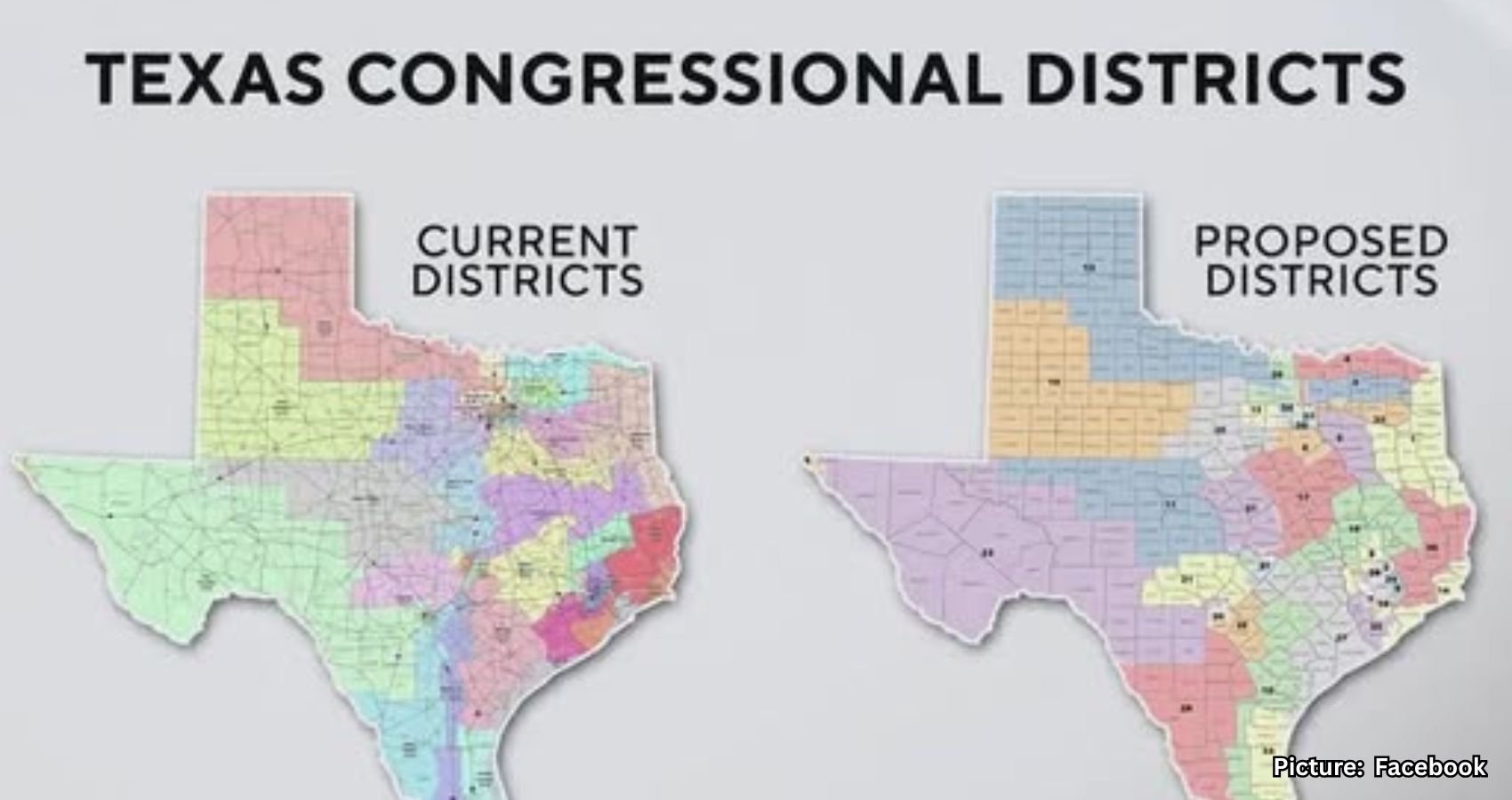Texas House Democrats have left the state in a strategic move to block Republicans from passing new House maps that would favor the GOP with additional seats in future elections.
On Sunday, a group of Texas House Democrats departed the state, a calculated effort to prevent Republicans from advancing redistricting plans that would potentially allow the GOP to secure five more seats ahead of the 2026 elections.
By leaving, the Democrats are denying the Republican majority a quorum— the minimum number of lawmakers needed to conduct official legislative business. This maneuver echoes a similar tactic employed by Texas Democrats during mid-cycle redistricting attempts by the GOP in 2003. This time, many of the Democratic legislators have traveled to states led by their party, including Illinois, New York, and Massachusetts.
“We’re not here to have fun. We’re not here because this is easy, and we did not make a decision to come here today lightly,” Texas House Democratic Caucus Chair Gene Wu stated at a press conference in Illinois, where he was joined by members of his delegation and Governor J.B. Pritzker.
The strategy has garnered national support. The Democratic National Committee (DNC) expressed its backing, with Chair Ken Martin asserting in a statement, “We will fight alongside them to stop this anti-democratic assault.” He further promised a collective effort against the GOP’s House majority once this particular fight is concluded.
This strategic move to break quorum is a clear indication of the lengths to which the party is willing to go to oppose the current redistricting proposal before the close of the 30-day special session. The proposed new House lines, having advanced through the Texas House Select Committee on Congressional Redistricting, are pending a vote before the full Texas House.
The Democrats face limited options given the Republican majority in both chambers and the governor’s mansion. This tactic of breaking quorum comes with potential repercussions for the more than 50 lawmakers who have left the state— each could face a $500 daily penalty and possibly arrest.
Texas House Speaker Dustin Burrows announced on X (formerly Twitter) that the House will convene without their missing members, declaring that “all options will be on the table” if a quorum is not present. In another post on X, Texas Attorney General Ken Paxton called for the arrest of the Democrats, stating, “Democrats in the Texas House who try and run away like cowards should be found, arrested, and brought back to the Capitol immediately.”
Meanwhile, Illinois Governor J.B. Pritzker assured protection for the Texas Democrats who sought refuge in his state, underscoring their adherence to legal norms and their correct moral stance in this matter.
The backdrop to these dramatic developments is a broader, national context of redistricting strategies. Texas Republicans are redrawing their House map amidst a shifting political landscape as former President Trump eyes new opportunities ahead of potentially challenging elections for the GOP. Typically, redistricting occurs once every ten years following the U.S. Census; however, mid-decade alterations can occur, generally as a result of legal disputes over existing maps.
The proposed redistricting in Texas, which affects areas such as Dallas-Fort Worth, Austin, Houston, and the Rio Grande Valley, has triggered similar contemplations in other states. For instance, California’s Governor Gavin Newsom is considering revising his state’s maps, possibly via a ballot measure or through legislative means. Blue states like New York, Illinois, and New Jersey have also shown openness to revisiting their boundaries, while GOP-led states such as Florida may follow suit before 2026.
This heightened focus on redistricting amid upcoming elections has injected additional complexity and uncertainty into an already intense electoral cycle. It raises numerous uncertainties about candidate districts and may influence primary dates and filing deadlines.
According to The Hill, these strategic moves underscore the continuing and contentious political battle surrounding district lines nationwide.
Source: Original article

